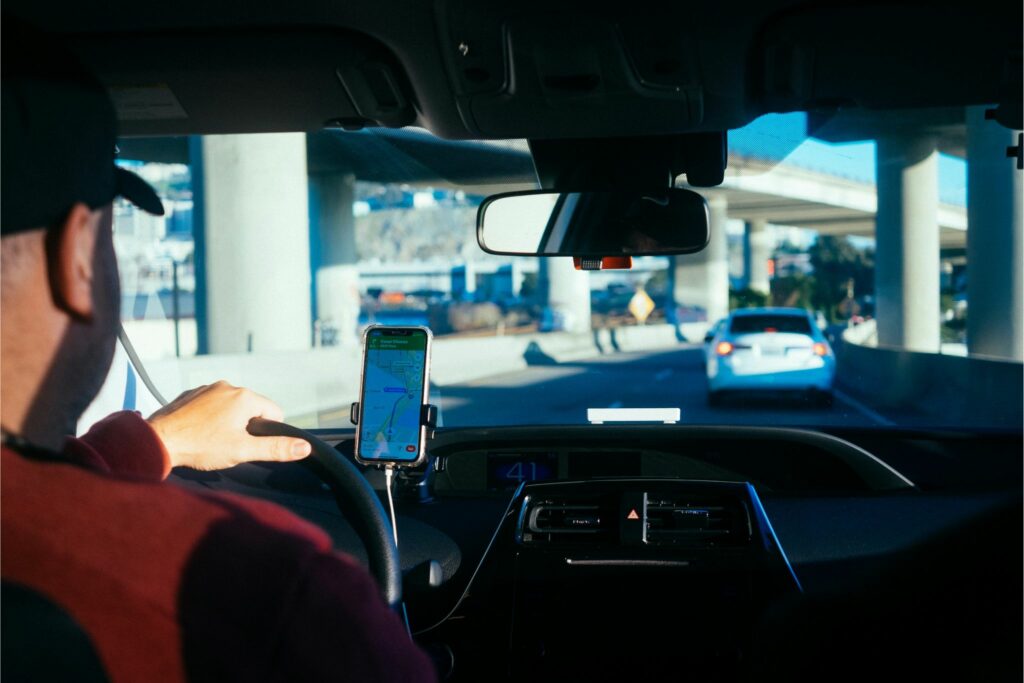Uber, the well-known ride-hailing service, is now a household name that is associated with ease, creativity, and controversy. Uber has revolutionized urban mobility since its founding in 2009, upending established taxi services and establishing a new standard for transportation. This article explores Uber’s history, the industry it has affected, and the difficulties it has faced.
The rise of Uber
It all started with a simple concept: just press a button to hail a ride. The idea transformed city transportation by providing a practical substitute for conventional taxis. Uber gained popularity immediately thanks to its unique business model and user-friendly software, and it rapidly expanded into new regions and cities. Due to the company’s success, a wave of other ride-hailing services was launched, drastically altering how consumers view and use transportation.

Challenges and disputations
Despite its quick ascent, Uber did not come without problems. The business had to deal with opposition from the established taxi industry, legal obstacles, and worries about labor laws and safety procedures. The company’s reputation was damaged by claims of unethical treatment of drivers, problems with data privacy, and instances of sexual harassment within the organization. These claims also sparked public protests and legal disputes. Uber has to reevaluate its policies and operations after becoming involved in issues.
Innovation and diversification
Uber started an innovative and diverse journey in response to these difficulties. Acknowledging the increasing need for diverse mobility alternatives, the enterprise broadened its offerings beyond ride-hailing. Uber launched UberEats, a food delivery service that gives customers the same ease of use as ordering a ride from their favorite restaurants. In an effort to become a one-stop mobility platform, Uber also expanded into other industries, including freight logistics, electric bikes and scooters, and even flying taxis.
Investments in technology
Uber’s technological investments have been essential to its development. The business has put a lot of effort into creating technology for autonomous vehicles because it sees a time when these vehicles will predominate in urban transportation. Uber keeps spending money on research and development, collaborating with top tech firms and academic institutions to enhance autonomous driving technology, despite obstacles from regulations and setbacks.
Sustainability and future prospects
Uber has made efforts to lessen its carbon footprint a top priority as worries about environmental sustainability increase. The firm promised to eliminate emissions from all of its rides by 2040 and has made investments in electric vehicles. Uber’s focus on shared transportation also attempts to encourage resource efficiency and lessen traffic.
Examining Uber’s growth into new markets
Beyond Ride-Sharing Examine Uber’s expansion into industries other than ride-sharing, like food delivery, logistics for freight, and driverless cars. Talk about the long-term growth and competitiveness of Uber as well as the strategic reasoning behind these expansions.
Uber’s vision for tomorrow’s cities
The Future of Urban Mobility Think ahead about how transportation and urban mobility will develop, taking into account Uber’s investments in cutting-edge technology like driverless cars, aerial ridesharing, and urban air mobility. Talk about the possible advantages and difficulties of these breakthroughs, as well as how they affect cities and society.

Closing thoughts
In conclusion, Uber’s growth from a small ride-hailing startup to a major player in the global technology market is proof of the potential for innovation and disruption. What began as a straightforward fix for a common issue has developed into a complex platform that affects many facets of contemporary life. Uber’s narrative is one of flexibility, tenacity, and unwavering growth.
Notwithstanding the various obstacles encountered during the journey, ranging from legal disputes to public criticism, the organization has persisted in pushing limits and expanding the potential of urban transportation and logistics.
(Tashia Bernardus)
